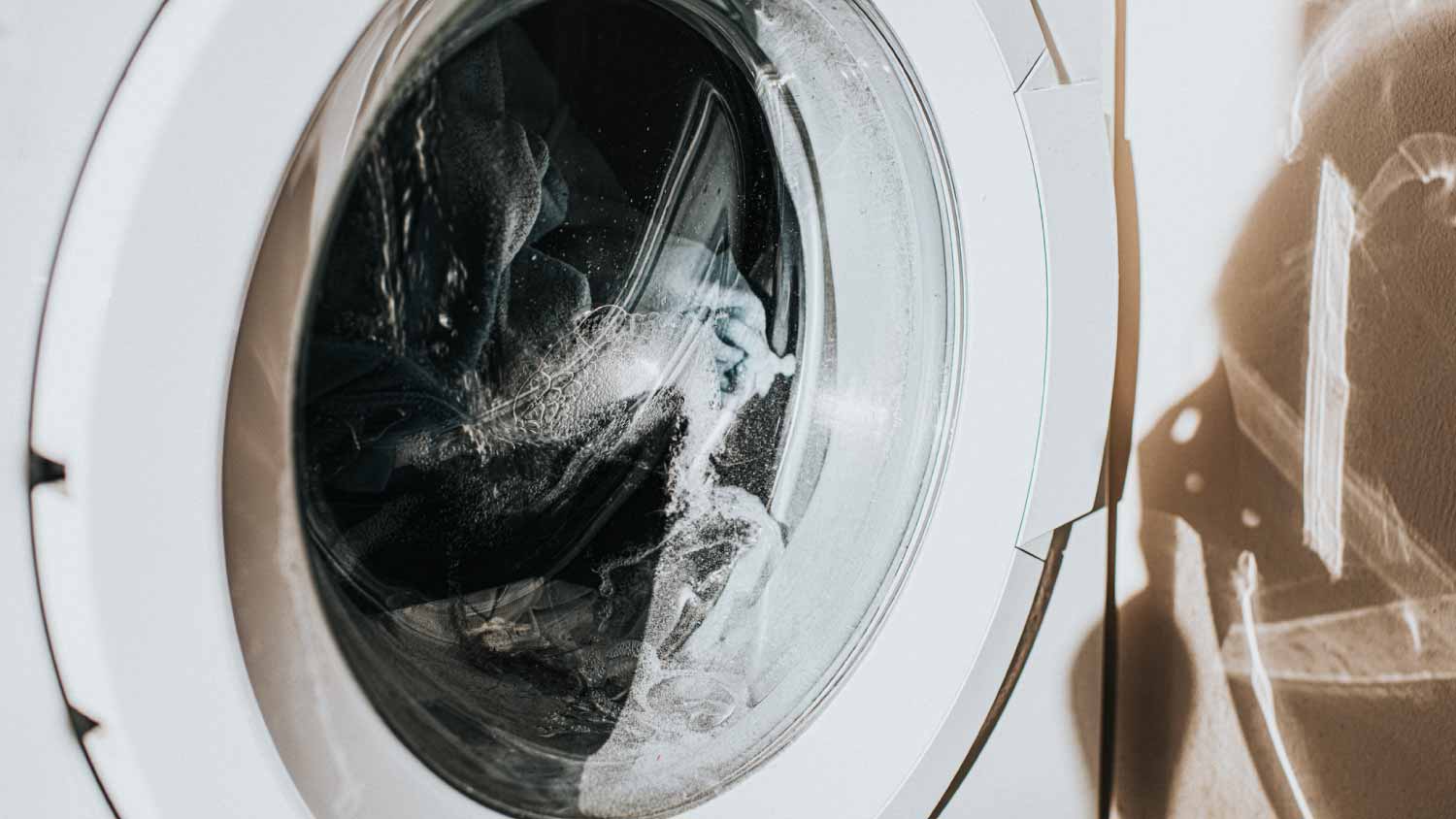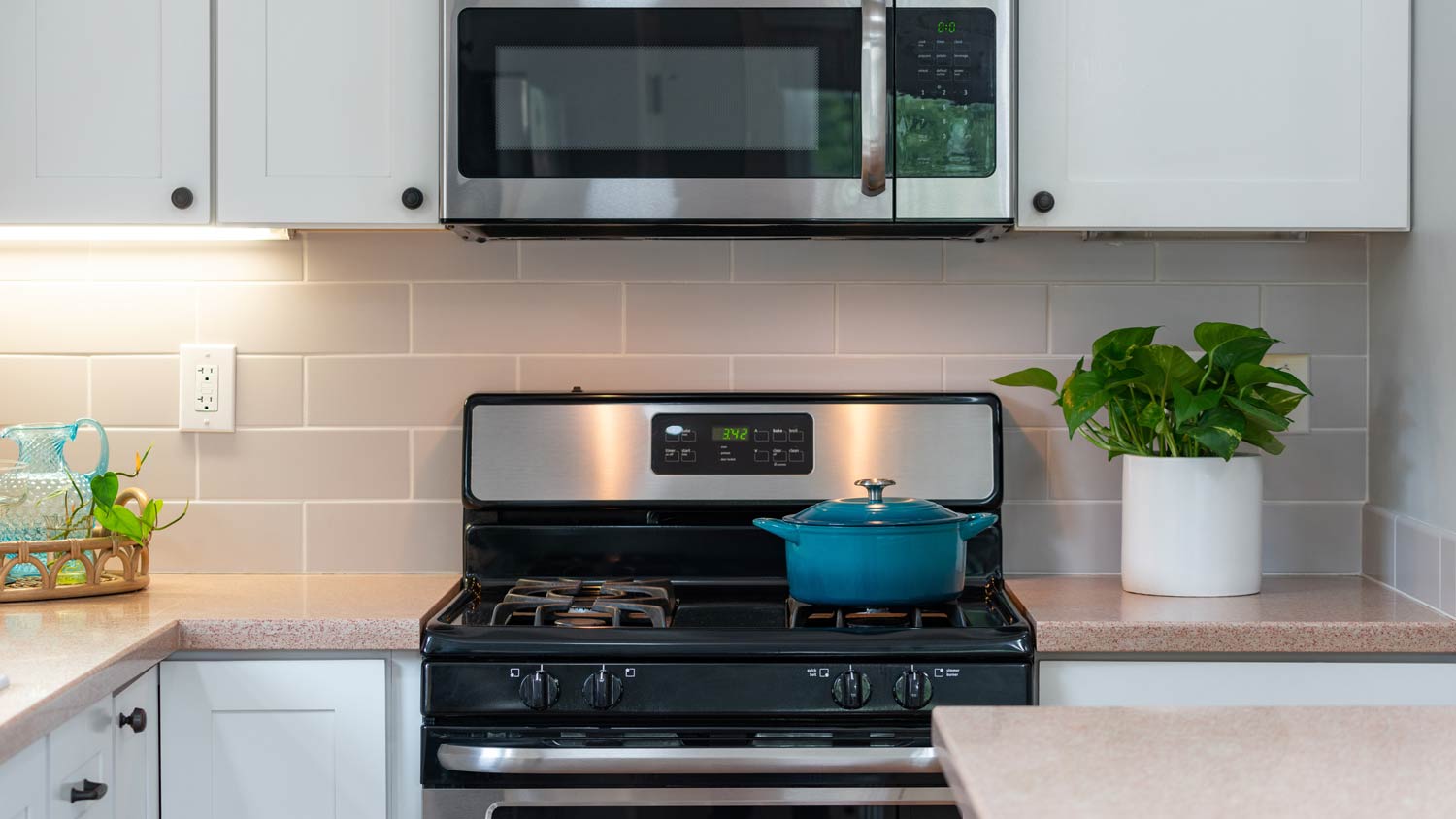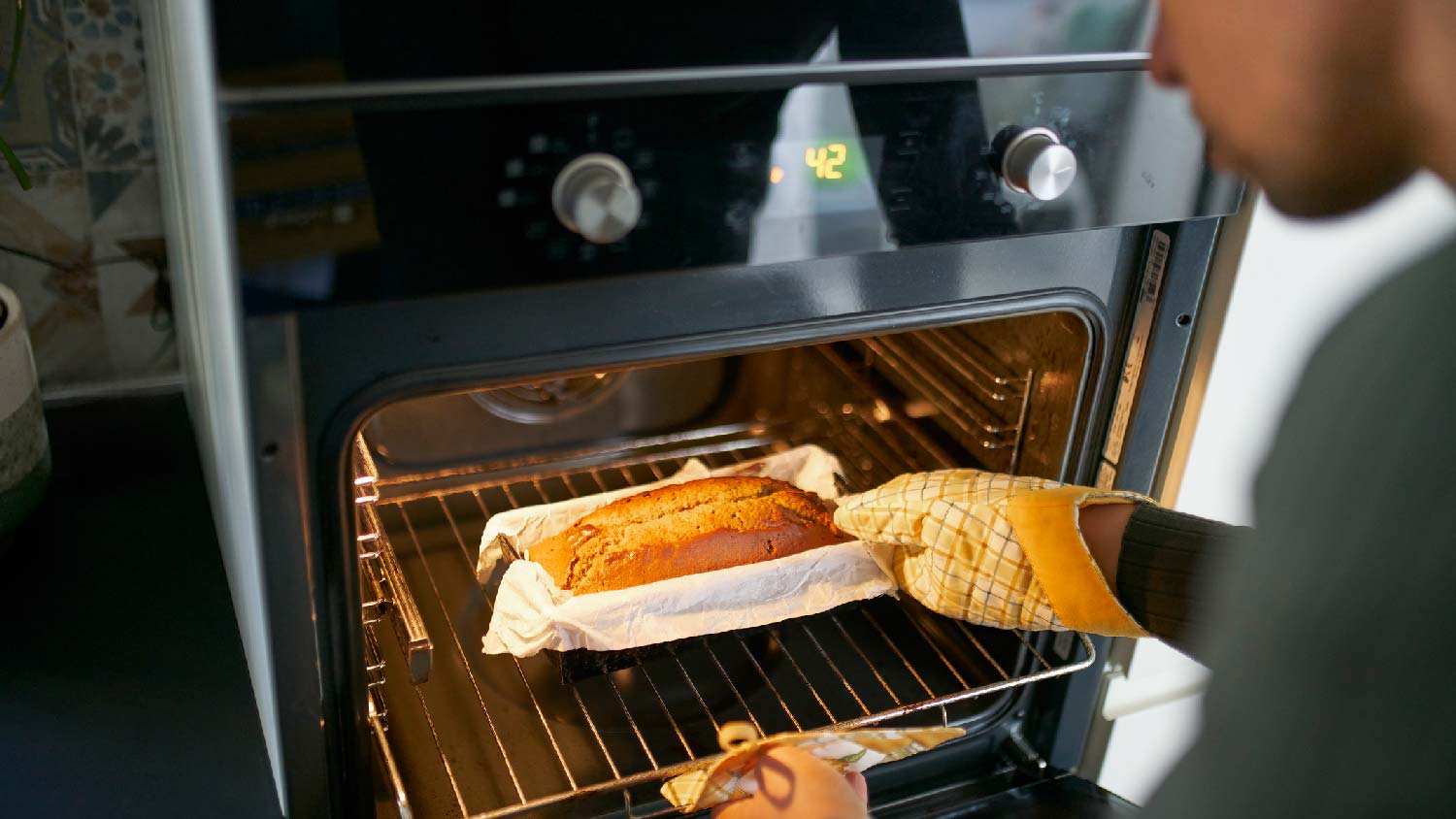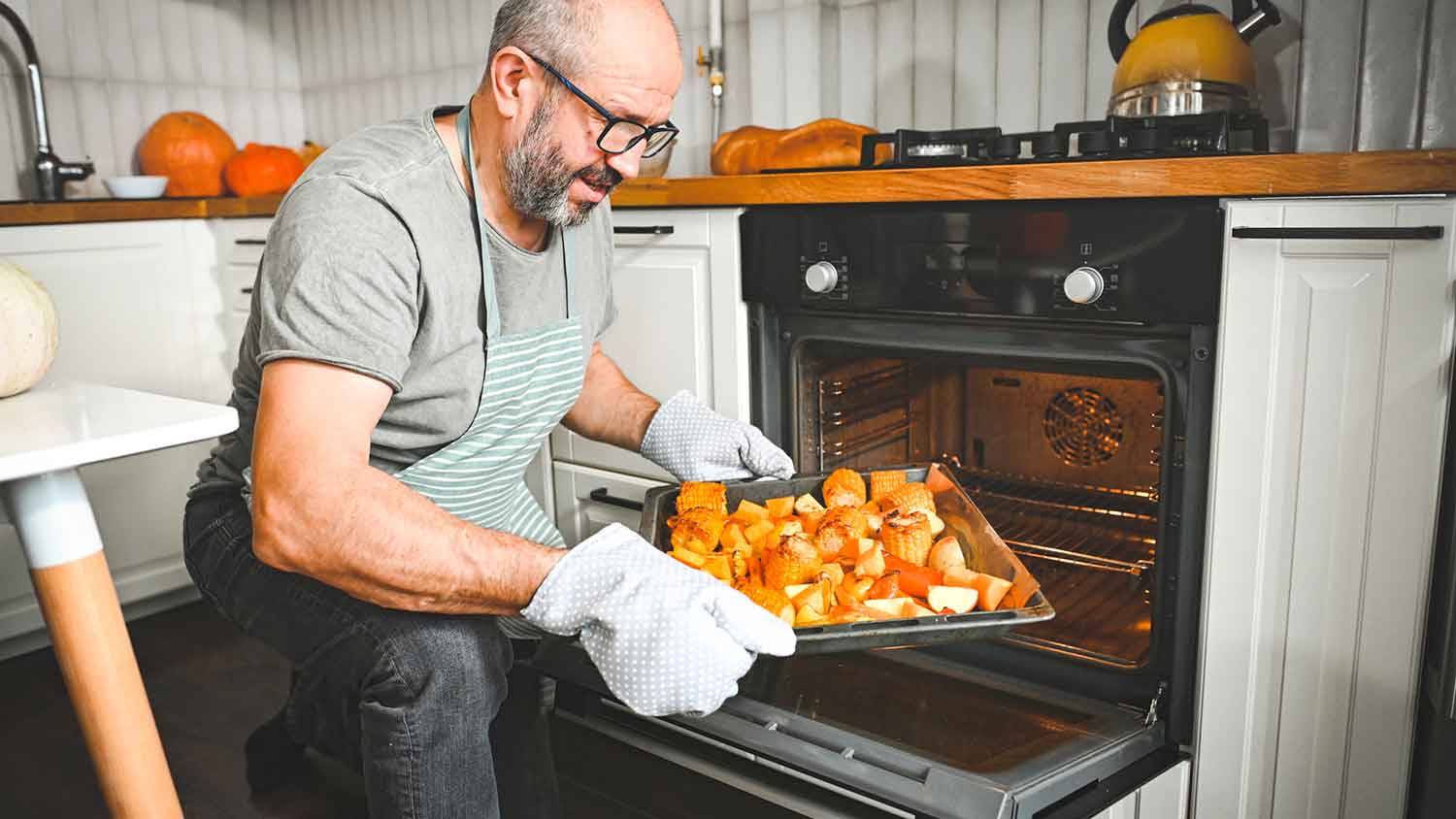Induction vs. Gas vs. Electric Stovetops: Which Is Better?
Budget, personal preference, and heating ability all impact the decision between induction, gas, and electric stovetops


Cooks often prefer gas, even though they are less energy-efficient than electric and induction stovetops.
Electric stovetops are usually the most affordable.
You can only use certain cookware on induction stovetops, but they are very efficient.
Induction cooktops have a modern look, which is great for resale value.
If you’re in the market for a new stovetop, there’s one decision you have to make before you settle on a purchase: gas, electric, or induction? Each type of cooktop has its own set of features and drawbacks. And whether your stovetop is merely a vessel for reheating takeout, or you frequently cook like you’re on a competition show, knowing the pros and cons of each type will help you make the right choice for your home kitchen.
Gas Stovetops Are More Precise

There’s a reason why the phrase “cooking with gas” has become synonymous with energy and power. But when comparing induction vs. gas vs. electric, how do the gas stovetops of today really stack up?
Pros
One of the biggest perceived pros of the gas cooktop is that the flames provide a ready visual indicator of heat and intensity. Gas output is very precise, allowing you to control the flame and adjust it fast.
They also don’t require electricity to work. On average, gas is a less expensive way to power your cooktop than electricity is.
Finally, gas stovetops are easier to clean than electric ones. Just remove the grate and ceramic cap to wipe the surface clean. Most gas cooktops have a sturdier and bulkier appearance than other cooktop styles, which homeowners appreciate.
Cons
The biggest drawback with gas stovetops is that they release carbon monoxide and other pollutants that can trigger or worsen many respiratory diseases. So, you’ll definitely need to invest in a kitchen hood vent to disperse the fumes after a big meal.
Gas stovetops are not as efficient as electric or induction stovetops. Cooked food receives only 40% to 55% of the heat generated by a gas stovetop, compared to 90% for induction and 65% to 70% for electric. This means that some of the heat you need to sear a steak will release into your kitchen, making it warmer and more stuffy.
Ensure that gas cooktops fall within your budget. If you don’t already have one, you’ll have to run a gas line to your kitchen for $15 to $25 per linear foot. This is in addition to installing the gas stovetop, which runs about $400 and $2,100 on average.
Electric Stovetops Are a Popular Favorite

The electric stovetop is the most popular choice in U.S. homes because they are a safer, more affordable alternative to gas and induction cooktops.
Pros
Electric stovetops are slightly more efficient compared to gas, with food absorbing 65% to 70% of the heat they produce. Plus, you don’t need a gas line to operate electricity. They don’t require installing a gas line into your home, which can present a heightened risk of danger.
When considered against the induction vs. gas debate, electric stovetops also come out on top in terms of price. In most cases, the cost ranges from $360 to $1,800.
Most importantly, electric stovetops are generally safer than their gas counterparts. There’s no danger of leaking gas or carbon monoxide. If your kitchen isn’t well ventilated, this can make a huge difference in the level of comfort and safety you experience while cooking.
Cons
Electric stovetops may be more efficient than gas, but they’re less efficient than induction stovetops. Electricity as an energy source tends to be more expensive than natural gas, but that can vary from state to state.
If control and consistency are what you’re after, electric ranges may not be for you. Adjusting the heat is harder than gas or induction elements. So, you may fry up a steak perfectly in ten minutes one day, then burn it to a crisp the next day.
You’ll need to be careful during the cleaning process. Soft clothes and cleansers are the only way to guarantee you won’t scratch or damage the surface during a wipe down.
Induction Stovetops Are on Trend

Induction cooking is certainly having a moment, as they say. Professional chefs and food influencers have helped boose induction’s popularity, but is it right for you? Let’s take a closer look.
Pros
Induction stovetops are the most energy-efficient of all stovetops, with 90% of their heat being directly absorbed by the food it cooks. Here, electromagnetic coils transfer heat directly into metal objects, cooking food much faster. (Try boiling a pot of water on an induction stove; blink, and you might miss it!) Even better, this all happens with heating the surface, so you needn’t worry about burning your hands or fingers.
You don’t need any special power or gas connection. A regular 220-240 volt outlet will be sufficient to power up your induction stovetop. And some induction stovetops now offer an LED lighting feature that mimics a gas stovetop’s visual heat cues.
Finally, induction surfaces are easier to clean, thanks to the surface staying relatively cool during cooking. This means you won’t have to grapple with baked-on food residue after a meal.
Cons
Overall, induction stovetops tend to be more expensive than gas or electric. For an entirely new unit with multiple induction burners, you might spend up to $3,000 in many home improvement stores.
You can only use certain cookware with induction stovetops. (If a magnet sticks on the bottom of your cookware, you can use it on an induction surface.) If your current set of pots and pans isn’t induction-ready, you’ll have to factor in the cost of a whole new set, in addition to the stovetop itself.
Gas vs. Electric vs. Induction: What Are the Major Differences?

Which is the best choice for your kitchen? That depends on what features are most important to you. Let’s look at five stovetop features that are of particular interest to many home cooks.
Cooking Efficiency
When considering energy transfer, there’s a clear distinction between our options. Induction stovetops blow electric and gas out of the water, with 90% of the transferred energy going to the food and cookware.
Most efficient: Induction
Cooking Control
Gas has been the historically preferred cooking method by serious cooks, based largely on their control over the flame's intensity and how evenly the food cooks. Induction cooktops offer that same degree of ease and intuitiveness, but learning to use the cooktop requires a little practice.
Highest degree of control: Induction or gas
Price
Induction is the pricer option. However, induction cooktops can increase the resale value of your home, as they’ve become highly coveted for their modern, chef-like appearance. Right now, the most affordable stovetop is the electric model, followed by gas, then induction.
Electric ranges cost $360 to $1,800
Gas stovetops cost between $400 and $2,200
Induction stovetops average $3,000 and up
If you want to experiment with induction cooking but the price is making you hesitate, you can buy a separate cooktop with just one element (as opposed to the four-or six-element stovetop ranges that come attached to ovens) for $80 to $100 or so.
Most affordable: Electric
Maintenance
A gas stovetop surface is easier to clean than an electric one. It’s often difficult to remove baked-on food substances from an electric heating element. For gas stoves, you’ll simply remove the grate and cap and then wipe down the surface. Induction stovetops are even easier to clean because the cooking surface surround stays cool, so dropped food doesn’t bake on and harden.
Easiest to maintain: Induction
Sustainability
There’s not necessarily a clear winner in the eco-friendly category. Gas stovetops emit carbon monoxide and other pollutants when they’re operational. Electric and induction stovetops run on electricity which uses up fossil fuels. However, given the vast differences in energy efficiency between the three cooktop types, induction is the most sustainable option.
Most sustainable: Induction





- Appliance Repair Companies
- Washing Machine Repair
- Dryer Repair
- Refrigerator Repair
- Dishwasher Repair
- Oven Repair
- Wood & Pellet Stove Repair
- Freezer Repair Services
- Wood Stove Services
- Gas Stove Repair
- Emergency Appliance Repair Companies
- Ice Maker Repair
- Gas Appliance Repair
- GE Appliance Repair
- GE Refrigerator Repair
- GE Dryer Repair
- GE Dishwasher Repair
- GE Washing Machine Repair
- Samsung Appliance Repair
- Samsung Refrigerator Repair
- Samsung Dryer Repair
- Samsung Washer Repair
- Samsung Dishwasher Repair
- Samsung Oven Repair
- Whirlpool Repair
- Whirlpool Refrigerator Repair
- Whirlpool Washer Repair
- Whirlpool Dryer Repair
- Whirlpool Oven Repair
- Maytag Appliance Repair
- Maytag Refrigerator Repair
- Maytag Washer Repair
- Maytag Dryer Repair
- Maytag Dishwasher Repair
- Kitchenaid Appliance Repair
- Kitchenaid Oven Repair
- Kitchenaid Refrigerator Repair
- Kenmore Appliance Repair
- Kenmore Dishwasher Repair
- Kenmore Washer Repair
- Kenmore Dryer Repair
- LG Refrigerator Repair
- Bosch Appliance Repair
- Kenmore Refrigerator Repair
- LG Appliance Repair Services
- GE Microwave Repair
- Electrolux Appliance Repair
- Electrolux Washer Repair
- Kitchenaid Dishwasher Repair Services
- Wood Stove Inspection
- Dishwasher Installation
- Trash Compactor Repair
- What’s the Difference Between Induction and Electric Cooktops?
- 5 Types of Stoves to Consider for Your Kitchen
- Gas vs. Electric Ovens: Pros, Cons, Cost, and More
- Should You Convert Your Electric Stove to Gas? 5 Things to Consider
- What Are the Parts of a Stove?
- 7 Types of Stove Burners and Cooktops for Whipping Up Tasty Homemade Meals
- Gas vs. Electric Water Heaters: Which Is Better for Your Home?
- Signs of a Gas Leak: Everything You Need to Know
- Can You Convert a Gas Dryer to Electric? Here’s Why It’s Not Recommended
- Who Fixes Gas Stoves?










